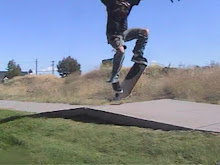“I visualize a story as a beaded necklace – a pearl necklace- coiled up in the muck at the bottom of the sludge collected at the bottom of your subconscious. When you start yanking on the string, an old string that’s been rotting in the muck for years, the string breaks. But you’ve got one gorgeous pearl left in your hands, and you’re motivated to roll up your sleeves and stick your hand down into the muck to find the rest of the pearls you just barely glimpsed. And one by one you fetch them up. But without their string (the plot; the because-sequence is the string) they come up in a random order. In fact, some of the pearls may not even belong to this necklace.
Eventually, when you’ve got them all, you can sit down and make the “outline” of the story. You look at the pearls and your sense of ART tells you which ones go with which – by color and shape and texture and size –and you arrange a set of pearls so the big one is in the middle and the small ones on the end (or however your Art says to do it). At that point, you know which pearls don’t belong on this necklace and set them aside.
C.J. Cherryh
This is basically just saying how every time you have ideas for a story or part of a story you just have to be able to bring them all together and then make it make sense.
“The method I use now is to present ideas through impressions. Readers immersed in the gradually unfolding impressions will form their own ideas, which might or might not be in agreement with the author’s; that is fine either way. Ideas are like the string that turns the pearls into a necklace. The string is invisible, but it is not dispensable and cannot be broken.”
A dialogue with MuXin
This is like the same basic idea except for it's saying that other people can understand the story differently and it still works, just in their head they used a different sring.
Friday, October 24, 2008
Subscribe to:
Post Comments (Atom)

No comments:
Post a Comment